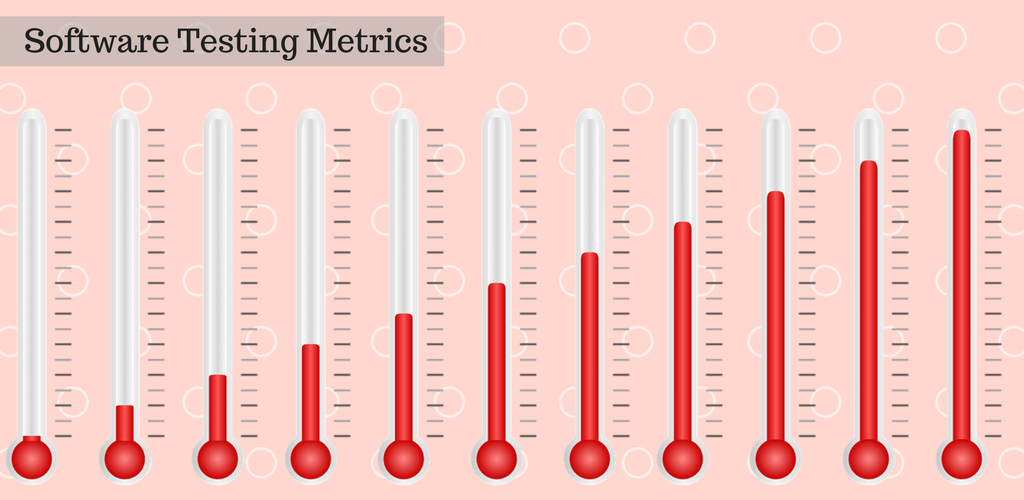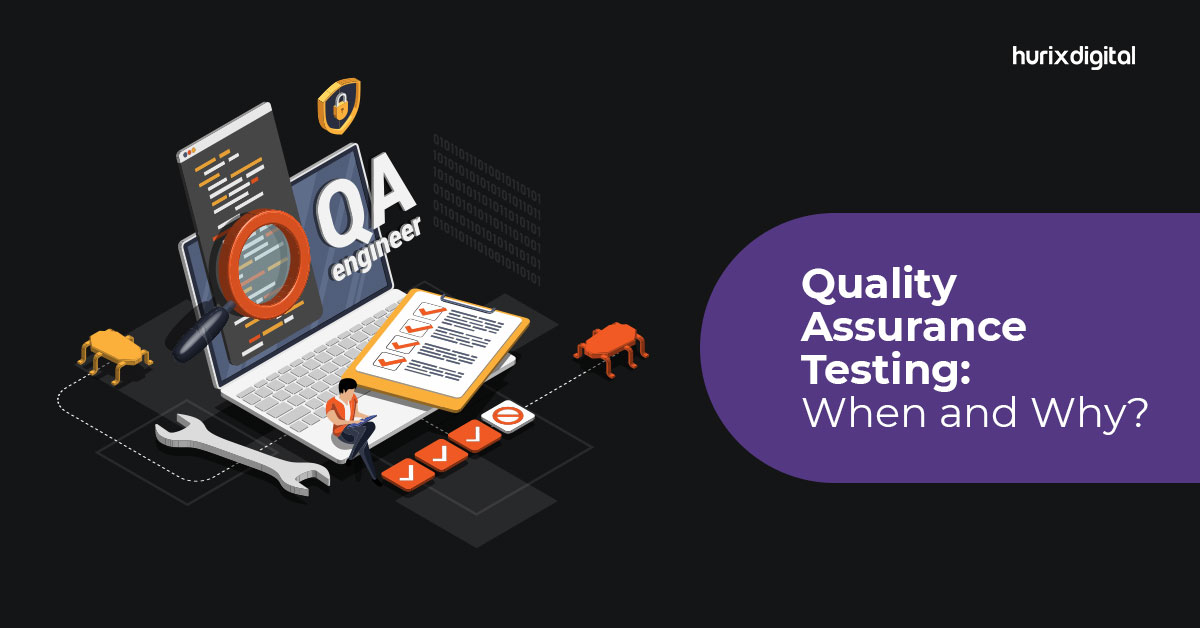
7 Methods of QA Testing Every IT Company Must Know
Summary
Explore 7 essential QA tests for IT firms, from unit to end-to-end testing, ensuring pre-launch software quality, reliability, and performance.
QA testing is an important part of the software application development cycle, which ensures that products reaching the users meet the required security, quality, reliability, availability, and scalability standards.
When it comes to QA testing, the most common types that people are aware of are usually manual and automated testing. However, there’s a wide range of QA testing procedures you can perform to ensure your code and any changes made to it work as expected.
In this article, we’ll run through a few basics of software testing, showing you 7 distinct types of QA testing.
Table of Contents:
- The Different Types of QA Testing
1. Unit Testing
2. End-to-end Testing
3. Regression Testing
4. Integration Testing
5. Acceptance Testing
6. Performance Testing
7. Functional Testing - Conclusion
- QA Software Testing with Hurix Digital
The Different Types of QA Testing
Effective software testing is very important in today’s technology-driven world. Research shows that nearly 80% of customers uninstall apps that don’t meet their expectations.
Unfortunately, not all software testers are familiar with the various types of QA testing and the role they play in the overall quality of the product. Let’s take a look at some of the standard QA tests available.
1. Unit Testing
Unit testing is conducted at the ground level to test individual functions or units of the software under development.
Developers carry out this type of testing during the early stages of software development to ensure that each part of your application/software in isolation meets design standards and behaves appropriately.
Each unit in unit testing can be viewed as a function, method, object, or procedure. Developers often use test automation tools like JUnit, XUnit, and NUnit for test execution. This testing is an essential part of the development and quality process, as you can find more defects at the unit test level.
For example, say there is a simple calculator app. The developer can write the unit test to verify if the user can enter 2 numbers and get the right sum for the addition functionality.
2. End-to-end Testing
End-to-end testing helps test the performance and functionality of the product under live settings. It checks if your software works correctly from the start to the end of a particular user flow.
End-to-end testing also helps reproduce real-life scenarios by replicating user behavior in product-like circumstances and checks if the several user flows meet the work expectations.
For example, an e-commerce site might have an end-to-end scenario comprising of selecting a product, checking the details, adding to the cart, and checking out. It replicates user behavior and journeys which help in testing data integrity. This may also include intercommunication with other systems.
3. Regression Testing
Regression testing enables testers to test an application after it has been modified or changed.
Conducting functional and non-functional tests ensures that any latest code additions don’t adversely impact existing software features that have already been approved or tested.
In other words, it makes sure that formerly tested and developed applications work as per expectations – post software enhancements, bug fixes, or configuration changes.
The regression test plan thereby expands with each development sprint, including the full product apart from the current designing effort. By making sure that the latest additions and codes are functioning correctly, you will enhance the capacity to run automation seamlessly.
4. Integration Testing
Integration testing verifies if individual services or modules in your software application work well together.
By combining individual components into a group and testing them together, this testing helps evaluate if the component or system complies with the essential functional requirements.
The focus is to find defects in communication, interface, and data flow among modules. A bottom-up or top-down approach is used while integrating modules into the entire system.
For example, a user can view flight details and payment information on any airline website while buying a ticket. However, payment processing and flight information are two different systems. Integration testing must be performed while integrating the payment processing system and airline website.
5. Acceptance Testing
Acceptance testing is carried out just before the final release of the software or application. This type of testing is performed by the end-users with real-time business scenarios.
As the customer or client interacts with the software, confusion about features or misunderstanding around the user interface is noted and can be redeveloped.
This helps in verifying if the system satisfies business requirements and expectations before launch. The client only accepts the application or software when all the functionalities and features work as expected.
This testing comes after all other tests in the software development process, after which the software goes into production. It is also called User Acceptance Testing (UAT).
6. Performance Testing
Performance testing enables testers to check the system’s behavior when it is under significant load. It measures your software’s reliability, speed, availability, stability, and scalability under both expected and unexpected workloads.
These tests help verify if the additional load is going to degrade the system’s performance.
Unlike the previous tests we’ve seen, performance testing isn’t about finding UX or functional defects but rather finding out performance bottlenecks by running gradually growing numbers of virtual users against the software system while monitoring several performance metrics.
This type of testing is usually carried out with the help of tools. Some of the best tools available in the market include JMeter, Loader.IO, LoadRunner, etc.
7. Functional Testing
Functional testing concentrates on changes to the code occurring in the existing development cycle. It checks if the software meets all the functional requirements, whether existing within Confluence pages, Word docs, or Jira tickets.
Essentially, it verifies to confirm all functions and features within the software as expected. Both regression and functional testing are fundamental parts of any platform of continuous development for your software.
Conclusion
The above-mentioned software testing methods are some common types of software testing that are majorly used in the product testing lifecycle. There is still a list of over 100+ testing types, but they are not used in all types of projects.
Further, alternative processes or definitions are used in different organizations, but the basic concept remains the same everywhere. These testing processes, types, and implementation ways keep changing as and when the scope, project, and requirements change.
QA Software Testing with Hurix Digital
In the world of software development, conducting QA testing is necessary to ensure the product you deliver to your customers meets essential reliability, security, and quality requirements.
Though software testing is essential for launching a good product, it can be time-consuming and difficult to organize in-house. Consider engaging with a qualified QA testing partner like Hurix Digital today. Our team of experienced experts can help you create and deliver exceptional user experiences.

Vice President – Digital Content Transformation. He is PMP, CSM, and CPACC certified and has 20+ years of experience in Project Management, Delivery Management, and managing the Offshore Development Centre (ODC).






